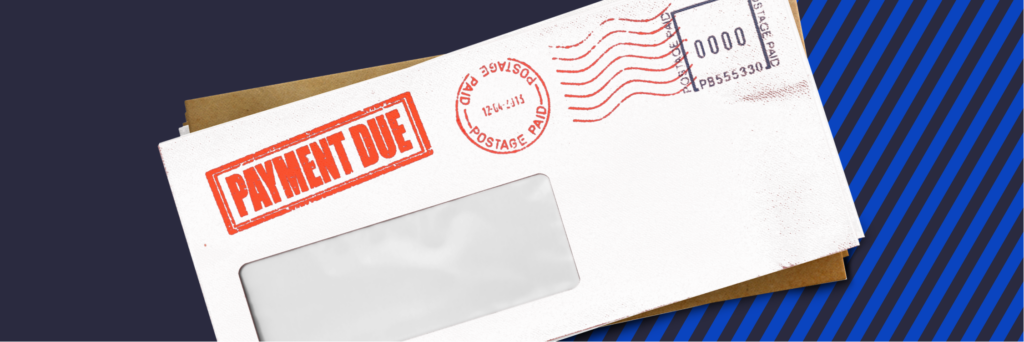A credit card may not be for everyone but the trend of paying with plastic over paper is here to stay. Credit card providers are taking note and offering a variety of different card types with a growing segment falling into the reward card category.
Rewards credit cards typically offer cash back, travel, store or gas rewards. While receiving rewards for your purchases may seem like a great deal, it is important to understand that these cards come at a cost. On the surface it may seem that providers offer rewards as a sign of gratitude for utilizing their card, but they are actually getting a return when offering these incentives. Here is how.
Interest Rates
The first cost that comes with reward credit cards is the interest rate. Rewards cards typically have a much higher interest rate than regular cards. While most cards have a variable APR, which means it can fluctuate, they still start at a lower level. For example, one card might start at 13.99%, but a rewards card might start at 17.99%. These rates all depend on one’s credit score, but the fact still remains that your interest rate will be higher with rewards cards.
The key to using any credit card is to not carry a balance from month to month. This is when you are charged interest. If you are responsible for your credit card spending, then the interest rate will not matter. Unfortunately, there are many that don’t pay their balance in full.
If you are earning 5% cashback, like with the Discover It card, then it can be a great way to get something back for your regular spending. The issue is that the card can come with a 22.99% interest rate depending on your credit profile. If you carry a balance on the card, then your cashback will be wiped away immediately.
Higher Prices
Anytime you swipe your credit card to pay for items, the retailer is being charged by the issuer, such as Visa or MasterCard. These fees depending on each store, but they can be 2% of the transaction price. These fees can add up. There are times when rewards credit cards demand a higher swipe fee than regular cards. This is not always the case, but it does happen.
Most retailers don’t just eat this swipe fee in order to give you the convenience to pay with your card. They wrap that cost into the price of their products. The higher the swipe fees, the higher the products cost.
While you may love the rewards that came with some credit cards, you are paying for it one way or another. You might not pay interest on your card when you use them wisely, but prices of the items you buy are higher. Rewards credit cards are good for consumers that can control their spending and understand how rewards are structured. Credit card issuers love to give them out because they make their money back easily. Again, you are not getting rewards because you are loyal, you are getting them because the credit card company finds them lucrative. There is nothing free in the world and credit card rewards are in that camp.
The key takeaway about credit cards is that they are only useful if you use them properly. They can be used as a short-term loan, but they need to be paid back immediately. If you carry a balance, then your payments will be filled with extra interest. If you spend uncontrollably, then your months will be filled with debt payments. I now use credit cards regularly and don’t pay any interest. It is all about how you use them, and not letting the spending control you.




